![[Squadron Command Pennant]](../images/v/vxt-d496.gif)
Squadron Command Pennant, Belgium (fotw)
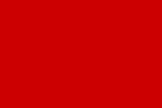


Command Flags of Flag Officers of the Red, White and Blue 1625 1702, England (fotw)
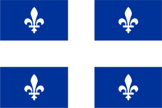
Quebec, Canada (fotw)
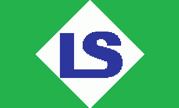

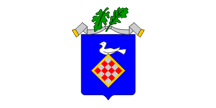

House Flag of Linnhoff Schiffahrt, Germany (fotw);Arms and Flag of
Kutina, Croatia (fotw;
House Flag of AG Elms 1934, Germany (fotw)
Notes
a) Such a charge is sometimes seen in Middle European heraldry/symbolism
(and occasionally elsewhere)
b) This is not an established term and has been
introduced by the Editors as no established alternative could be found.
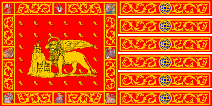
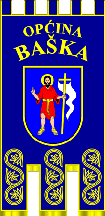
Flag of Venice, Italy (fotw); Ceremonial Flag/Gonfalon of Baska, Croatia (fotw)

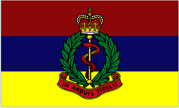

Flag of The National Military Health Service, RSA (fotw plus enlarged
emblem Martin Grieve); Camp Flag of the Royal Army Medical Corps, UK (Graham Bartram);
Badge of the Army Medical Corps, Canada (fotw)
Please note that this should not be confused with the caduceus as referenced above, which has two serpents on a winged staff and is symbolic of medical institutions.
![[staff of Hermes example]](../images/v/vxt-d654.gif)
Flag of Holwerd, Netherlands (fotw)
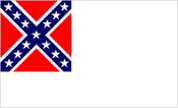
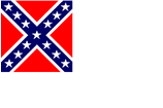
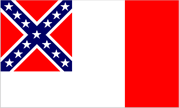
The Stainless Banner, CSA 1863 in national Flag and Naval Ensign Format and as
Modified 1865 (fotw)
Please note that stains is an abbreviation of the heraldic term stain and colours, however, since this last has a connotation of disgrace we suggest that a suitable glossary or dictionary of heraldry be consulted before use.
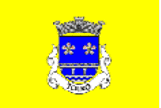


Flag and Arms of Touro, Portugal (Sιrgio Horta): Flag of
Saga, Japan (fotw)
Please note that botany draws a distinction between the stamen and seedpods of a rose or other flower, whereas English heraldry does not.
![[stand of colors]](../images/v/vxt-d309.gif)
A Stand of Six Colours, Colonel to the Third Captain,
English c1644
Notes
a) The above illustrations are loosely
based on a surviving colour from the English Civil War - that of a sixth captain
in Sir John Gell'S Regiment of Foot (Parliamentarian) 1643-44 - and upon one system
of differencing such colours known to have been in use at that time (see
‘venn’ (also difference 1)).
b) some Continental armies (most notably
those of France and Austria) often had a larger establishment of men per battalion than was
customary in the English service, so the number of colours carried could be commensurately greater.
2) See heraldic standard 1) and heraldic standard 2).
3) A rectangular flag used as a ceremonial unit flag by some cavalry and certain other military units (see also sovereign's standard). See supplemental note.
4) In obsolete usage, a pole with an emblem on the top around which soldiers could rally (see also eagle 2) and vexilloid 2)).
5) As 4) above but fixed in place (rather than carried by a soldier), or alternatively transported in a large vehicle of its own (see also carrocium and gajardus).
6) A figurative or poetic term for the symbol around which people rally.

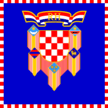

Royal Standard of Norway (fotw); Presidential Standard of
Croatia (fotw); Heraldic standard of the Master Gunner St James Park UK (Graham Bartram)
2) See ‘colour bearer’.
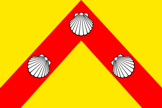
Flag of Zedelgem, Belgium (fotw)
Please note that standardum and standale are, respectively, the Latin and Italian words for standard, and that these and the derivations thereof were used more or less indiscriminately by medieval scribes.
![[flags featuring stars]](../images/v/vxt-d311.gif)
![[flags featuring stars]](../images/v/vxt-d1588.gif)
![[flags featuring stars]](../images/v/vxt-d311a.gif)
![[flags featuring stars]](../images/v/vxt-d311b.gif)
From left: National Flag of Aruba (fotw);
National Flag of Somalia (fotw); National Flag of Azerbaijan
(fotw); National Flag of Malaysia (fotw)
Please note that in vexillology the difference between a multi-pointed star and a sun is usually only a matter of official symbolism, however, a sun may sometimes be distinguished by having a ring around its central disk (Taiwan), a face (Argentina) or wavy points (British Columbia) – see also ‘active’, ‘inactive’, ‘rays 1)’, ‘ring 1)’ and ‘sun emblem’.
Please note that the US national anthem – from a poem by Francis Scott Key -
specifically refers to the flag as defined in 3) above, and which is preserved in the National Museum of American History,
Smithsonian Institution, Washington, DC.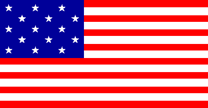
National Flag of the US, 1795 – 1818 (fotw)
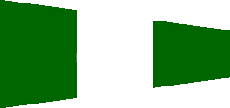
Starboard/Senior Officer Afloat Pennant in the NATO Code of Signals (fotw)
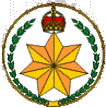
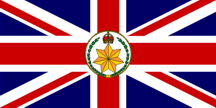
Badge and Flag of the Governor General, Australia 1909 1936 (fotw)
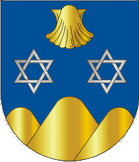
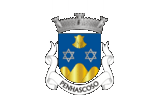
Arms and Flag of Penhascoso, Portugal (Sérgio Horta)



Three Versions of the First National Flag, CSA 1861 - 1863 (fotw)
![[1912 US flag]](../images/v/vxt-d2591.gif)
![[1912 US flag]](../images/v/vxt-d510a.gif)
![[current US flag]](../images/v/vxt-d510.gif)
National Flag of the US 1908 1912 (fotw); National Flag of the US 1912 1960 (fotw);
National Flag of the US from 1960 (fotw)

![[finial]](../images/v/vxt-d1229c.gif)
